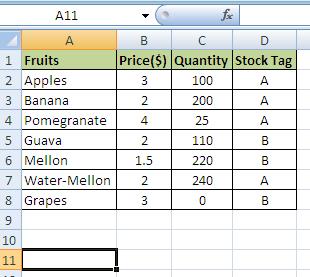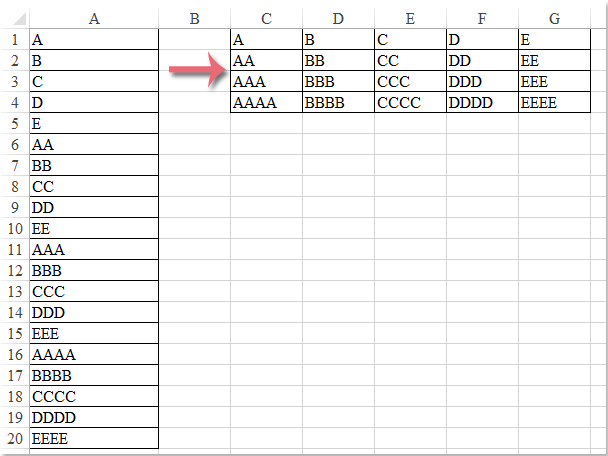
Along with that, we see that the format is also gone. We have just linked it up with our original data set. The new data set is now at the cell range of B11:I16. After that, click on the Paste Link on the Paste Special wizard.Then, press CTRL + ALT + V on your keyboard.Thirdly, select cell B11 where you want to place the output.

Secondly, press CTRL + C on the keyboard.At first, select cells in the B4:I9 range.Following the steps below, let’s see how to do this. So, we need a method that’ll link up the output with the initial data set and will update accordingly. Transposing a Table and Linking It to Initial DataĪ drawback of Method 1 above is due to a change in any data in the initial data set, it won’t change in the transposed data set.

Read More: Transpose Multiple Rows in Group to Columns in Excel.Ģ. Following this, click OK or press ENTER.Then, press E to check the box of Transpose.Next, press CTRL + ALT + V keys on the keyboard.Ĭonsequently, the Paste Special dialog box will open.Later, select cell B11 as the first cell of the destination range.At the very beginning, select the whole dataset ( B4:I9).Wouldn’t it be great if there were keyboard shortcuts to do the same task? Well, you’re in luck, because it exists. Notice that the rows get the places of the columns. Immediately, the Paste Special dialog box will pop up.Īs a result, you can see the new output in the B11:G18 range which is the transposed form of the dataset. Hereafter, select Paste Special from the drop-down list.Later, click on the Paste drop-down icon on the Clipboard group.Afterward, choose cell B11 where you finally want the output.After that, click on the Copy icon on the Clipboard group of commands.First of all, select cells in the B4:I9 range that you want to transpose.However, let’s see how this method works. This method is quick and easy, but it’s not suited for repeated processes.


We can use the simple Paste Special command in two ways, as described below. Please leave a comment if any part of this article does not work in your version. Here, we have used the Microsoft Excel 365 version, you may use any other version according to your convenience. In the following sections, we will show 6 instrumental Excel methods to perform this task. Now, we want to transpose the rows of this data set to columns for the sake of better presentation. This dataset includes the Names and consecutive year-wise results under column B to column I. 6 Methods to Transpose Rows to Columns in ExcelĪssuming that we have a data set that presents the year-wise Results of Students.


 0 kommentar(er)
0 kommentar(er)
